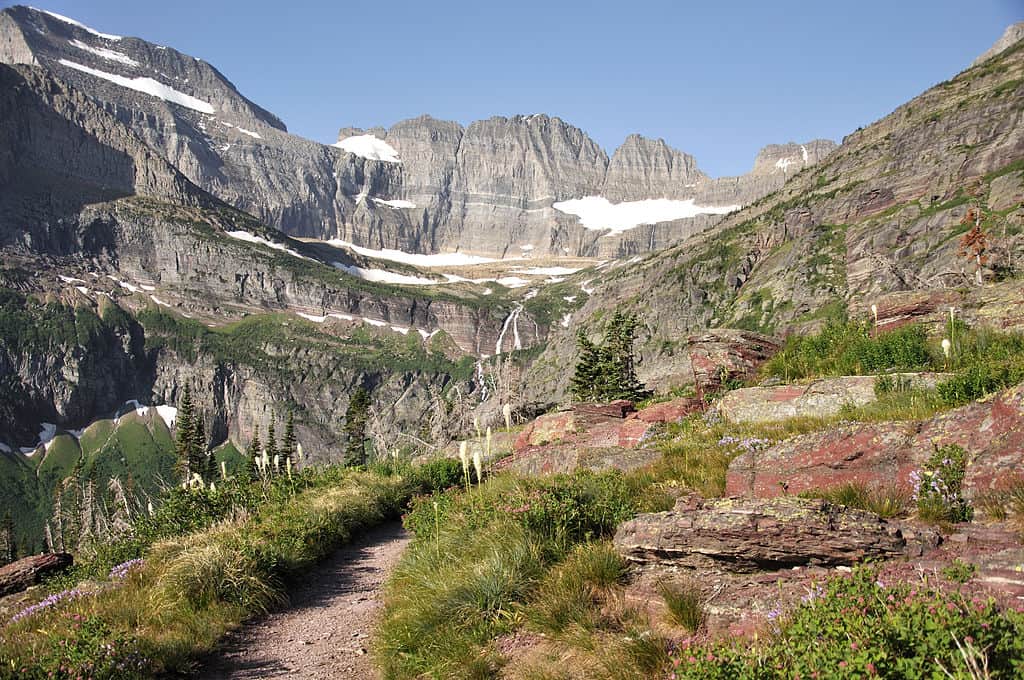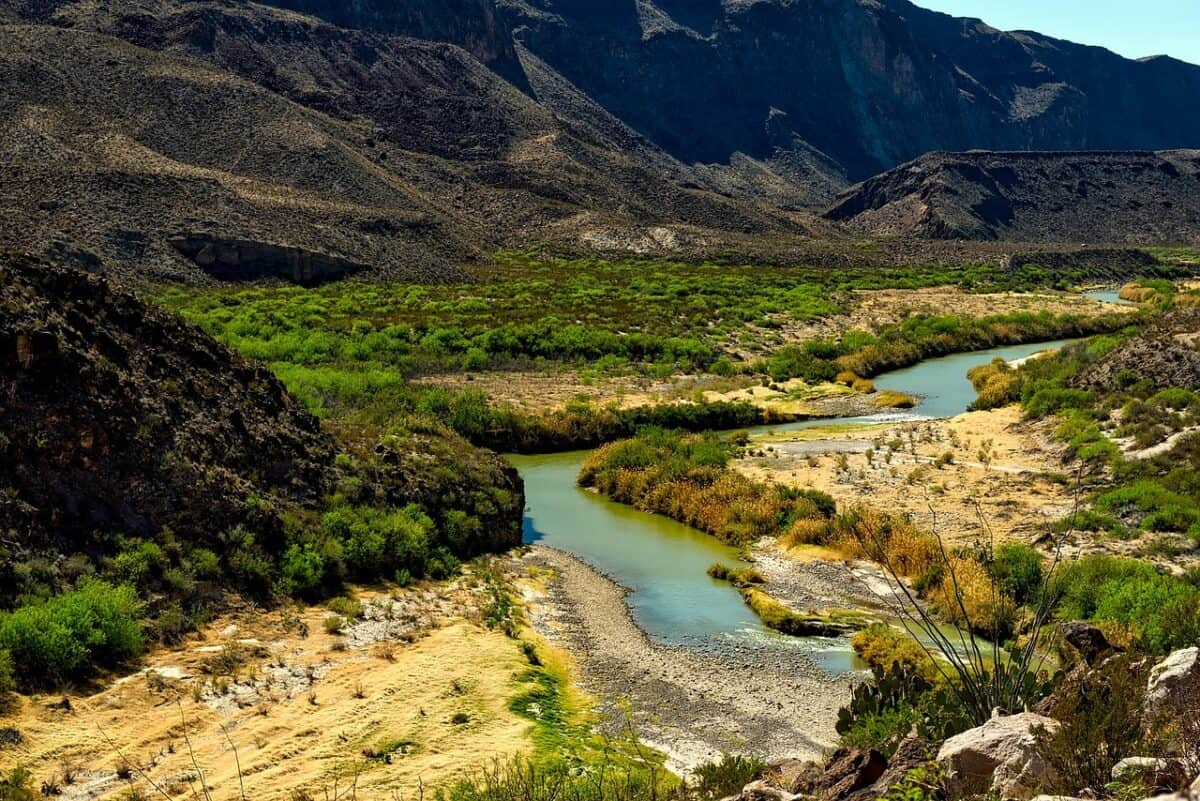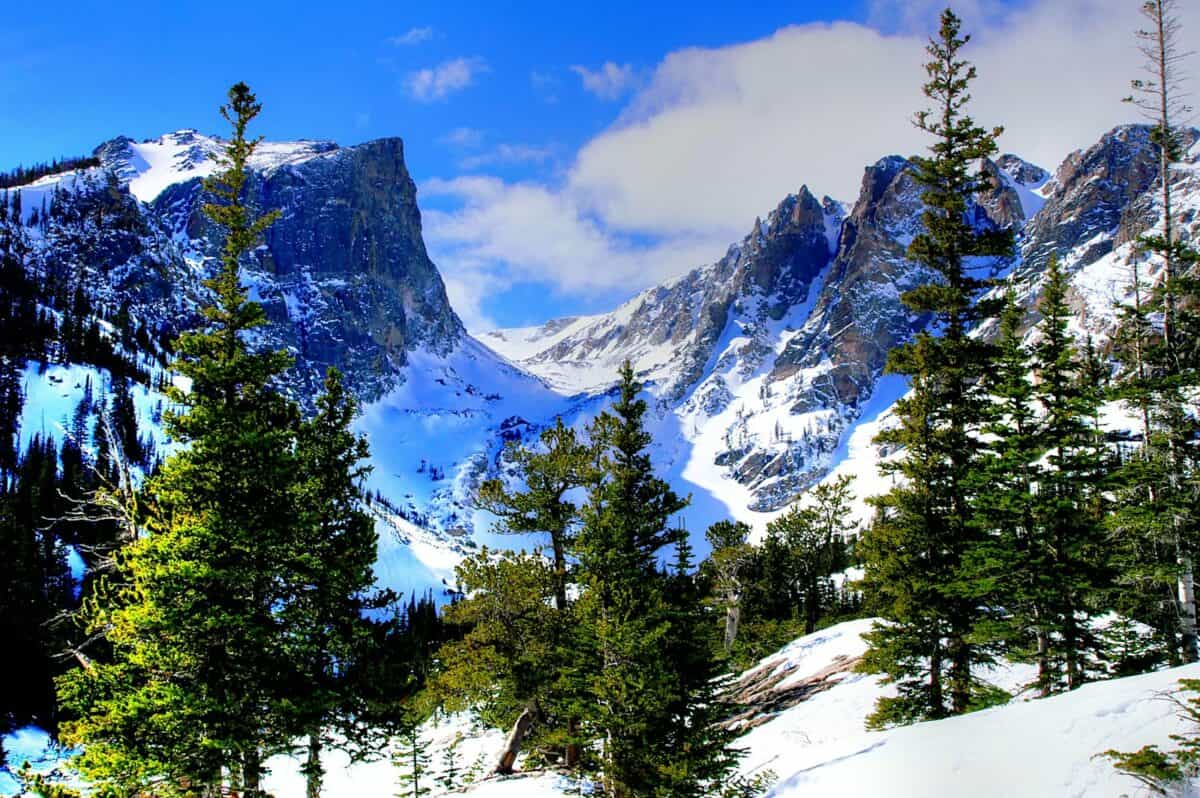Exploring national parks offers a unique opportunity to connect with nature and witness some of the most stunning landscapes on Earth. However, an increasing number of these natural havens are becoming more hazardous for those seeking solace in the great outdoors. In this article, we’ll delve into the rising dangers that visitors are facing and the factors contributing to these risks. By understanding the challenges, we can better prepare to safely enjoy these natural treasures.
Climate Change and Its Impact

Climate change is one of the most significant factors affecting national parks across the globe. Rising temperatures and shifting weather patterns are leading to increased occurrences of wildfires, floods, and severe storms. These environmental changes pose direct threats to the safety of visitors as parks become hotspots for these unpredictable natural events.
Wildfires on the Rise

Wildfires have become more frequent and intense, particularly in parks located in arid regions. Prolonged droughts and high temperatures have made forests more susceptible to ignition, turning scenic landscapes into dangerous infernos. Parks like California’s Yosemite and Australia’s Blue Mountains are experiencing more closures and evacuations, highlighting the growing threat of wildfires.
Unpredictable Weather Patterns

The unpredictability of weather conditions is another factor heightening the risks in national parks. Sudden storms, flash floods, and extreme temperature fluctuations can catch visitors off-guard, leading to potentially life-threatening situations. Mount Rainier National Park in Washington, for example, has seen an increase in such unpredictable weather events, posing challenges for hikers and campers.
Encounters with Wildlife

As human activity encroaches on natural habitats, encounters with wildlife are becoming more common and potentially dangerous. Bears, wolves, and even smaller animals like raccoons and snakes can pose threats if visitors are not adequately prepared or informed. Parks in North America, such as Yellowstone, have issued warnings to visitors to maintain a safe distance from wildlife to prevent attacks.
Human Impact and Overcrowding

Increasing visitor numbers are leading to overcrowding in many parks, which can exacerbate safety issues. Overcrowding contributes to the degradation of trails and facilities while also making it difficult for emergency services to respond quickly to incidents. The balance between conservation and accessibility is crucial to maintaining safety in these cherished landscapes.
Navigational Dangers

In the age of technology, over-reliance on GPS devices can lead visitors astray in vast and rugged terrains. Misleading maps and signals can guide individuals off designated trails, leaving them vulnerable to becoming lost or injured. The Grand Canyon, with its vast expanse and intricate network of trails, is one such park where navigational errors frequently occur.
Adventurous Activities with Increased Risk

Many national parks offer exhilarating activities such as rock climbing, white-water rafting, and backcountry skiing. While these adventures provide an adrenaline rush, they also carry inherent risks. Lack of proper equipment, inadequate preparation, and insufficient knowledge of the terrain can lead to accidents and injuries. Visitors are encouraged to seek guidance from park rangers and ensure they are fully prepared before embarking on such activities.
Health Hazards from Interactions with Nature

Natural environments can host various health hazards, from toxic plants to insect-borne diseases. Poison ivy, ticks, and mosquitoes can pose significant risks if proper precautions are not taken. The spread of diseases like Lyme disease in park areas emphasizes the need for awareness and preventive measures among park-goers.
The Challenge of Maintaining Infrastructure

With limited funding and resources, maintaining the infrastructure within national parks is a growing challenge. Aging facilities and inadequate trail maintenance can become safety hazards for visitors. Efforts to secure funding and implement sustainable practices are essential to ensure the safety and enjoyment of future generations.
Visitor Education and Preparedness

Effective visitor education programs can significantly reduce risks in national parks. Encouraging preparedness, understanding potential hazards, and adhering to park rules are fundamental in preventing accidents. Many parks are actively enhancing their educational outreach to equip visitors with the knowledge necessary for a safe experience.
The Role of Community and Visitor Responsibility

Community involvement and visitor responsibility play critical roles in ensuring safety within national parks. By adhering to “Leave No Trace” principles and reporting unsafe conditions, visitors can contribute to the preservation of these areas and the safety of all who explore them. Collective efforts help maintain the integrity of these natural wonders.
Innovative Solutions for Enhanced Safety

Many parks are exploring innovative solutions to enhance safety, such as implementing surveillance technology, developing advanced emergency response systems, and using drones for search and rescue operations. These advancements help park services respond more efficiently to emergencies and prevent potential disasters.
Conclusion:

In conclusion, while national parks continue to offer breathtaking beauty and adventure, it is essential to be aware of the increasing dangers these environments pose. Through understanding and preparation, visitors can ensure their experiences are both safe and rewarding, allowing them to cherish the natural wonders these parks have to offer.
- 13 Most Aggressive Mammals in the Wild - August 24, 2025
- 10 Behaviors That Keep Eagles Healthy And 3 That Shorten Lifespan - August 24, 2025
- 13 Wildest Animal Migration Journeys - August 24, 2025

